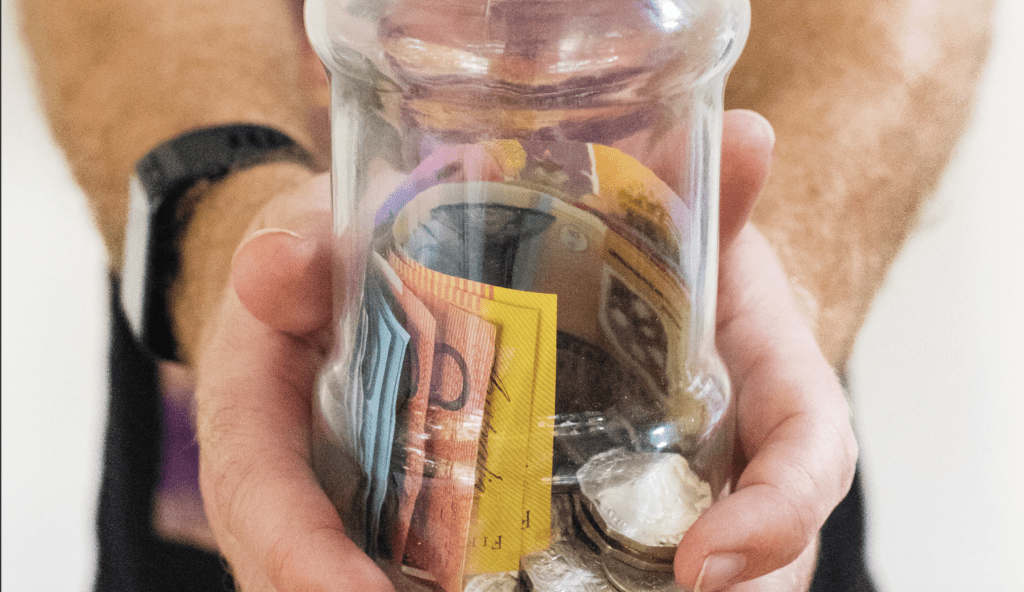Have you been hearing the term negative gearing a lot lately? Maybe thinking “mmm I’ll nod my head when someone mentions it but actually I’ve got no idea”. After reading this post you’ll be able to contribute to the conversation rather than doing a lot of polite smiling. It seems much more complicated than it actually is.
Using an example seems to be the simplest way of illustrating the concept: Let’s say Jason decides to buy an investment property. He loans $200k from the bank which he’s paying a healthy amount of interest on. He’s also paying for regular maintenance on the property and agents fees. The income Jason earns each month from the property, in the form of rent, is $1000 per month. Jason’s expenses for the property when we total the interest on the loan plus all other regular costs are $1500 per month, therefore a loss of $500 per month. He can take that $6000 ($500 over 12 months) and deduct it from his taxable income. So let’s say Jason is earning $80,000. Now, he can only be taxed on $74,000 of that. This is negative gearing in a nutshell.
Without going all nerd on you, after Jason sees his accountant and gets an additional $1950 refund due to his $6000 loss on his rental property, he is now only $4050 out of pocket – which means Jason has a rental property that (because he did his research and spoke to his advisors) is going up in value and only costs $78 per week.
The initiative was implemented years ago when the government wanted to encourage people to buy investment properties, to basically stock the rental market. Nowadays the rental market is packed and there are many investors who take advantage of negative gearing, big time.
If we take the example further, after a few years of hard work, imagine if Jason’s income is now $100,000 and he had 5 different investment properties, all of which he had mortgaged. $6000 becomes $30,000. His taxable income can be reduced to $70,000. This makes an enormous difference come tax time because he’s now in a lower tax bracket and will be paying far less.
To help with cash flow, Jason can even vary the amount of tax his boss withholds from his pay, so he has more cash in his pocket each week!
As long as the property is not your primary residence, it counts as an investment property. For instance, you could be renting elsewhere, own a house that you rent out, and then take advantage of negative gearing.
Some things to keep in mind: once the income from your investment property (rent received) is equal to or more than your expenses on the property, it’s no longer negatively geared. It can backfire if the value of your investment property hasn’t increased much from the time you purchased to the time you want to sell, which is why you must do your research before buying in particular areas.
Have you got an investment property? Considering one? Contact us for more information about negative gearing. It’s well worth understanding and utilising!













